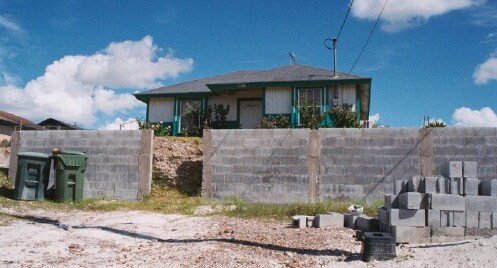
Credits and thanks for the creation of this model go to:
The Ford Foundation â Metropolitan Areas grant and Ms. Lisa Davies
The Lyndon B. Johnson School of Public Affairs at the University of Texas at Austin
The Latin American Housing Network website Project Director and LAHN Coordinator: Peter M. Ward, Ph.D.
The C-BHIT model was developed by
Carlos Olmedo, (PhD student at the LBJ School of Public Affairs) and Mario Caire, Ph.D. (University of Texas at El Paso)
We are very grateful to a number of graduate students at UT-Austin who participated in the preliminary research projects: Noah Durst, Kristine Stiphany, Esther Sullivan, Lauren Flemister, Wenjie Zhang, and Danielle Rojas.
© is held by the LBJ School of Public Affairs, University of Texas at Austin.
Any reference or publication reference to the model should be as follows:
LBJ School of Public Affairs. 2012 Cost-Benefit Home Intervention Tool or C-BHIT at www.utexas.lahn.org
The Cost-Benefit Home Intervention Tool or C-BHIT is a web-based application developed under a 2010 Ford Foundation Metropolitan Areas grant extended to the Lyndon B. Johnson School of Public Affairs at the University of Texas at Austin. It targets persons and organizations working with low-income communities to help them explore and quantify a range of costs and savings that may accrue from home rehabilitation and self-help housing and weatherization initiatives, as well as social options that are typically ignored under strict economic analysis. The C-BHIT identifies interventions appropriate for low-income households, taking into account initial cost outlays, economic and social returns, labor and human capital involved in the installation or addition, ease of operation, and opportunities for self-help or do-it-yourself (DIY) implementation. Interventions fall under four broad categories: 1) weatherization and microclimate; 2) water and wastewater; 3) recycling and solid waste; and 4) renewable energy (click here for the list of the interventions).
Designed as an interactive tool, users navigate the C-BHIT in easy-to-follow steps by clicking buttons and entering data when invited to do so (click here for the tutorial). There are two types of help information built in that provide guidance in using the tool: 1) a permanent information box that displays instructions when a main option is selected; and 2) a help button that enables pop-up descriptions when a user hovers the cursor over an intervention. After selecting home interventions, users are allowed to review and edit cost and utility (electricity, gas and water) savings information and to enter utility bill and seasonal usage information. In addition, users have the option of including social income and health benefits. At any time in, users are able to return to previous steps to make changes, including selecting additional interventions, without losing any information previously entered.
The C-BHIT processes the customized selections and provides a cost-benefit summary analysis alongside a link that generates a downloadable spreadsheet (in comma separated value or csv format) that shows the costs and savings (benefits) from the selected home improvements. It is recommended that the user save the file so as not to lose any of the work. Once a cost-benefit analysis has been generated, users can start over to begin a separate analysis.
The household utility data that the model uses provides personalized and more accurate estimated savings for the household. By-passing the input of utility information is allowed, thus omitting the benefit analysis, but individual and aggregate costs of the selected home interventions are nonetheless calculated for those who cannot readily access their utility bills or who are pressed for time and wish only to generate cost information. Individuals must have a Firefox, Opera, Sea Monkey, Google Chrome, or Safari browser to use the C-BHIT. Currently, the best results are provided by Firefox browsers version 11 or higher.
Click on an image to slide the photos.
Contractor homes
Modular stick frame homes
Self built homes
Hybrid homes
Manufactured (trailer) homes
Copyright© 2012 University of Texas Latin American Housing Network. All rights reserved.
For comments or questions contact the Webmaster: Wenjie Zhang
Last updated: June 30, 2012
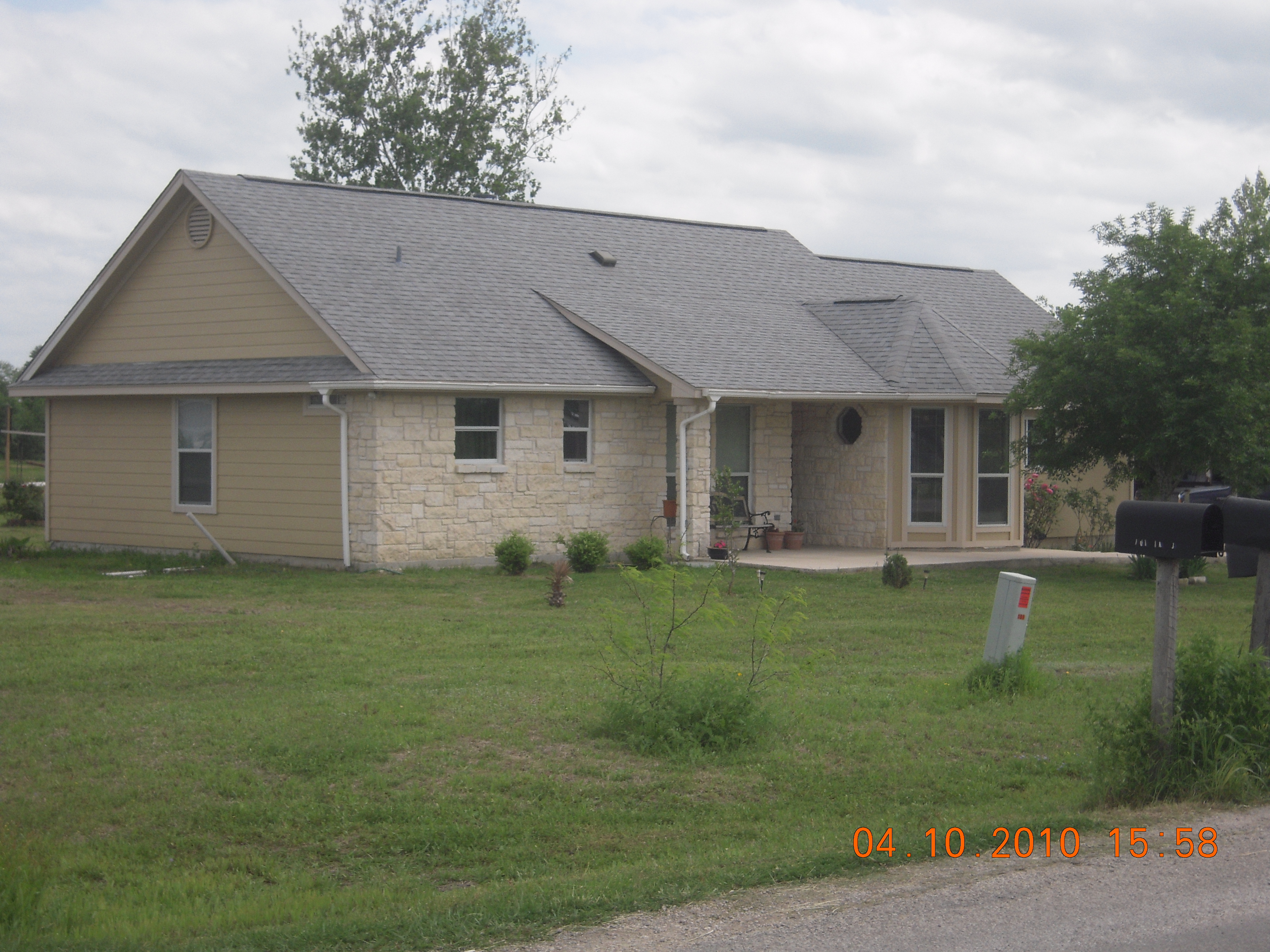
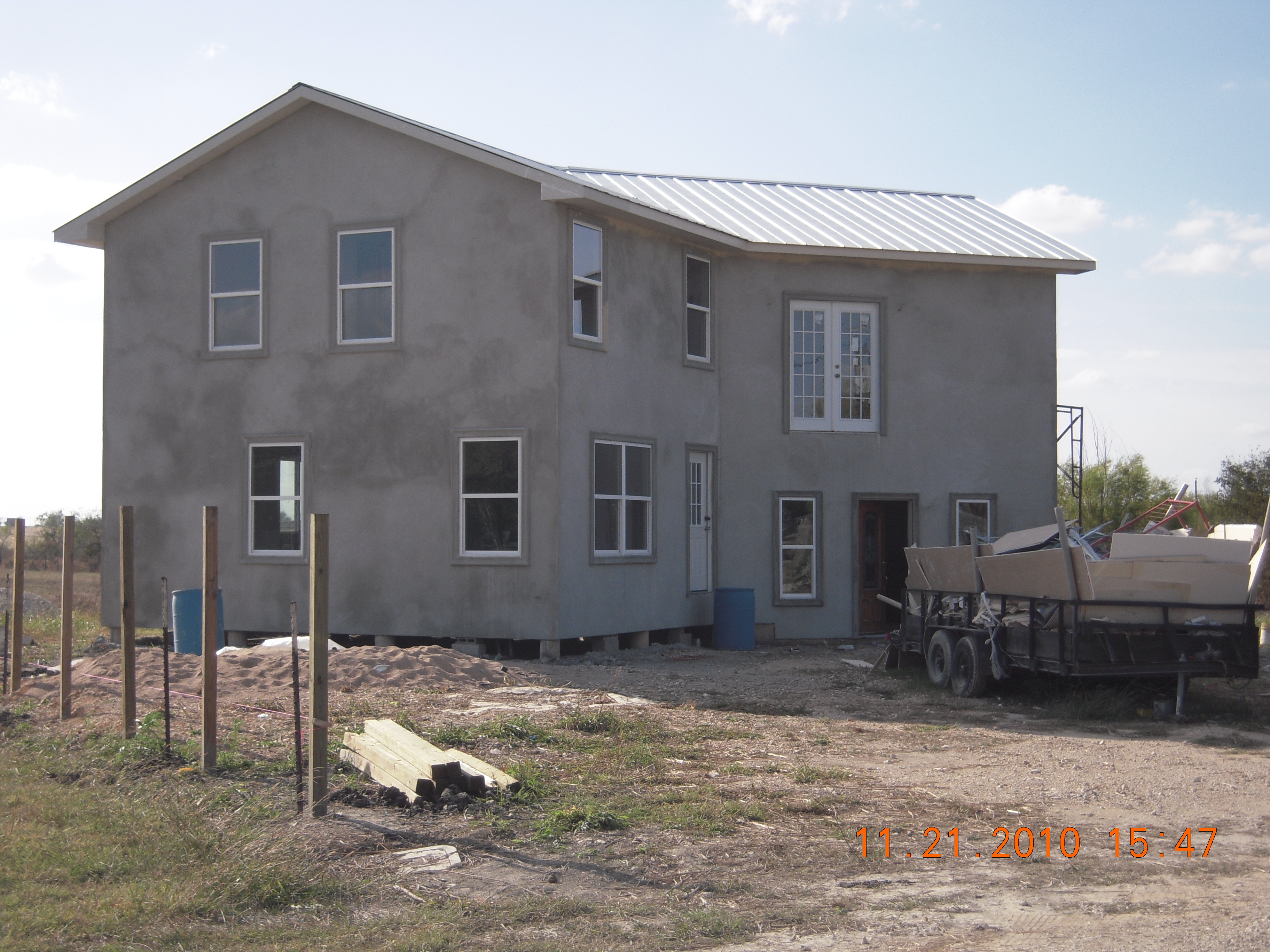
.jpg)
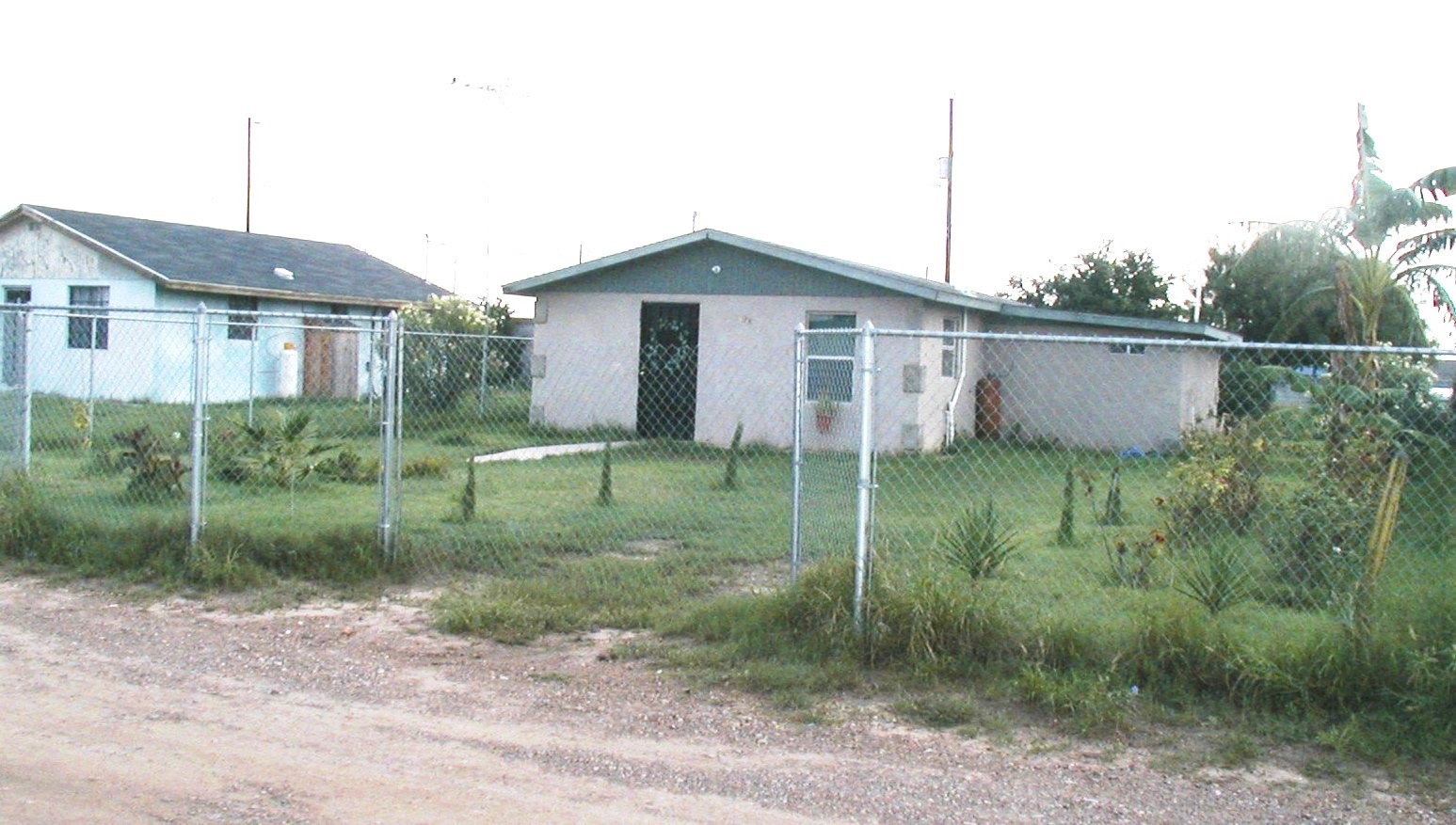
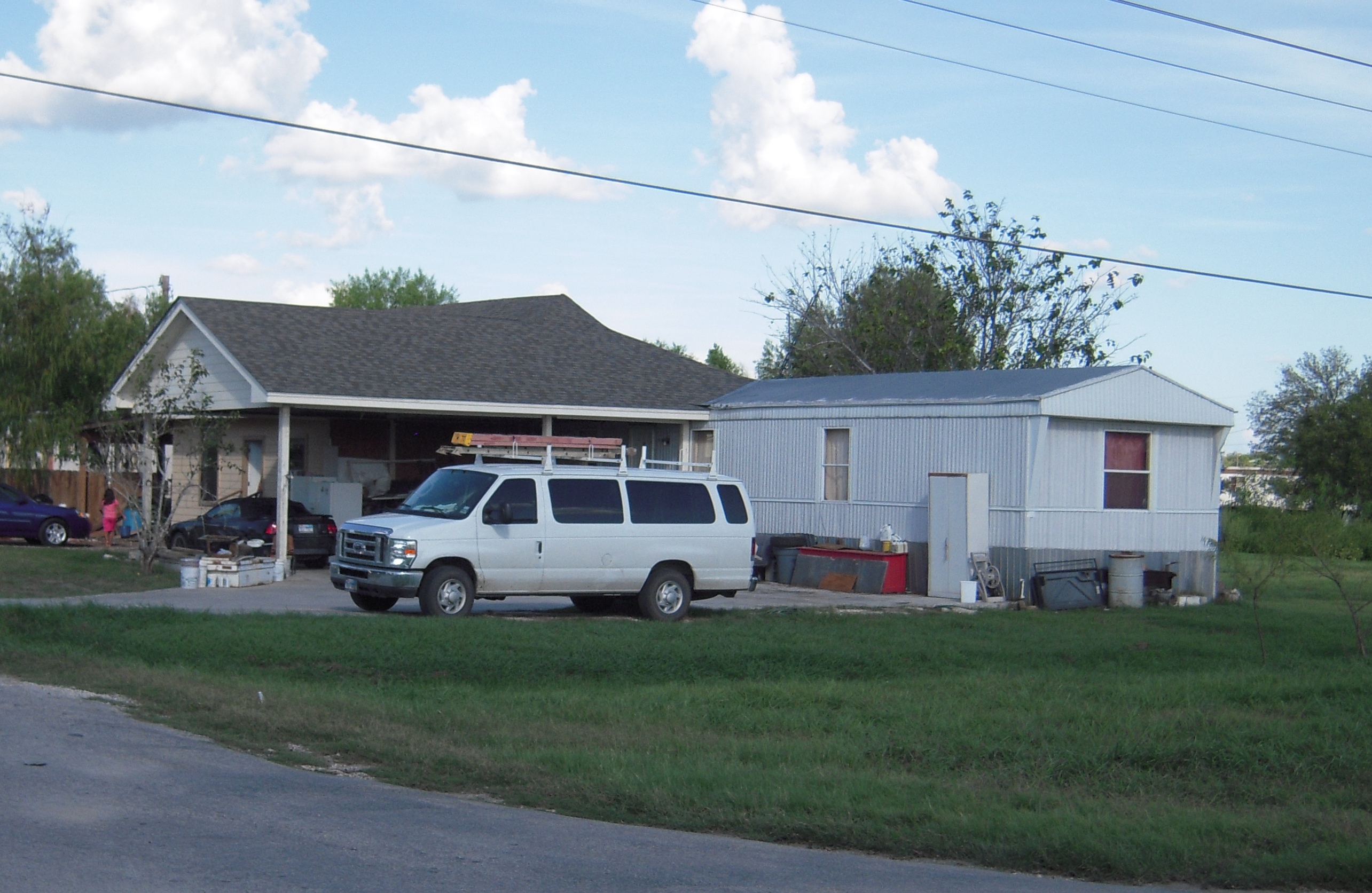
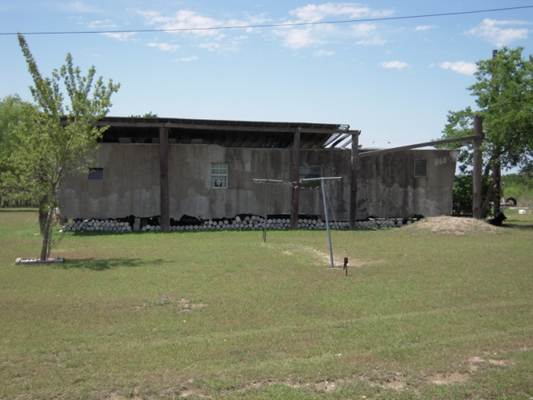

 homes/xbrookhollow extensions012.jpg)
 homes/xdilapidated 009.jpg)
 homes/xRancho Vista 110.jpg)